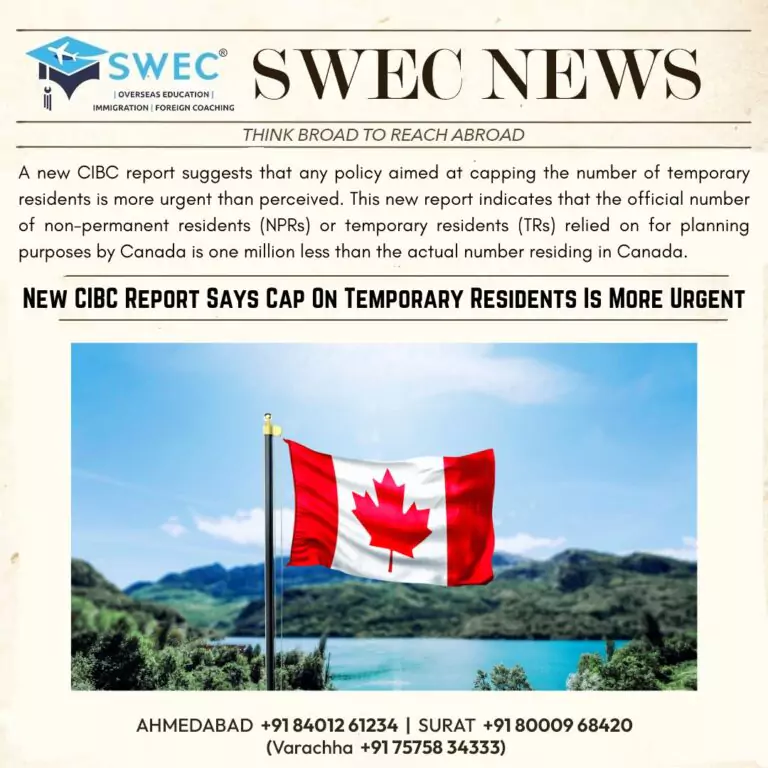
A new CIBC report dated August 30, 2023, suggests that any policy aimed at capping the number of temporary residents is more urgent than perceived. This new report indicates that the official number of non-permanent residents (NPRs) or temporary residents (TRs) relied on for planning purposes by Canada is one million less than the actual number residing in Canada.
So the recent growing focus on a significant increase in temporary residents, particularly international students, and capping their annual number needs to be implemented urgently without any delay. There has been an undercount of temporary residents in Canada by Statistics Canada, given the large gap in the Census and more dynamic quarterly and annual estimates of population growth.
The report states, “Even if by a miracle we start doing all the right things to increase housing supply, it will take years for that supply to come to the market. Meanwhile, demand is rising fast.”
Source of Undercounting
The report delves into the factors causing the undercounting of non-permanent residents or temporary residents in Canada. Firstly, the report states that participation in the census is limited by temporary residents due to various reasons, such as they “arrive from countries in which talking to The government is unadvisable,” or they are uncertain whether they need to participate in the census or not.
Secondly, the system at Statistics Canada assumes that temporary resident (TR) visa holders have exited the country 30 days after their visa has expired. However, the majority of these temporary residents do not depart upon the expiration of their visas.
IRCC introduced special measures for work permit extensions for international students during the pandemic, but Statistics Canada has not taken these extensions into account.
The CIBC report says there is no official data on this, but their conservative estimate is that more than 750,000 temporary residents overstayed between 2017 and 2022.
However, the actual number is even higher than this, as CIBC did not account for temporary residents with expired status who are yet to apply for temporary or permanent residency status.
Accordingly, Statistics Canada’s practice of presuming a departure one month after the visa’s expiration has substantially underestimated population, housing, and service demand projections (particularly in university cities).
Report Conclusion
The CIBC report concludes that the number of NPRs absent from official statistics utilized by planners approaches one million. This is due to the obvious undercounting of NPRs in the census and the exclusion of overstayers in quarterly demographic statistics.
The practical implication of this undercounting is that Canada’s housing affordability crisis is actually worse than perceived. So it is necessitating even more urgent and aggressive policy action, including ways to better link the increase in the number of non-permanent residents to their ability to find accommodation.





